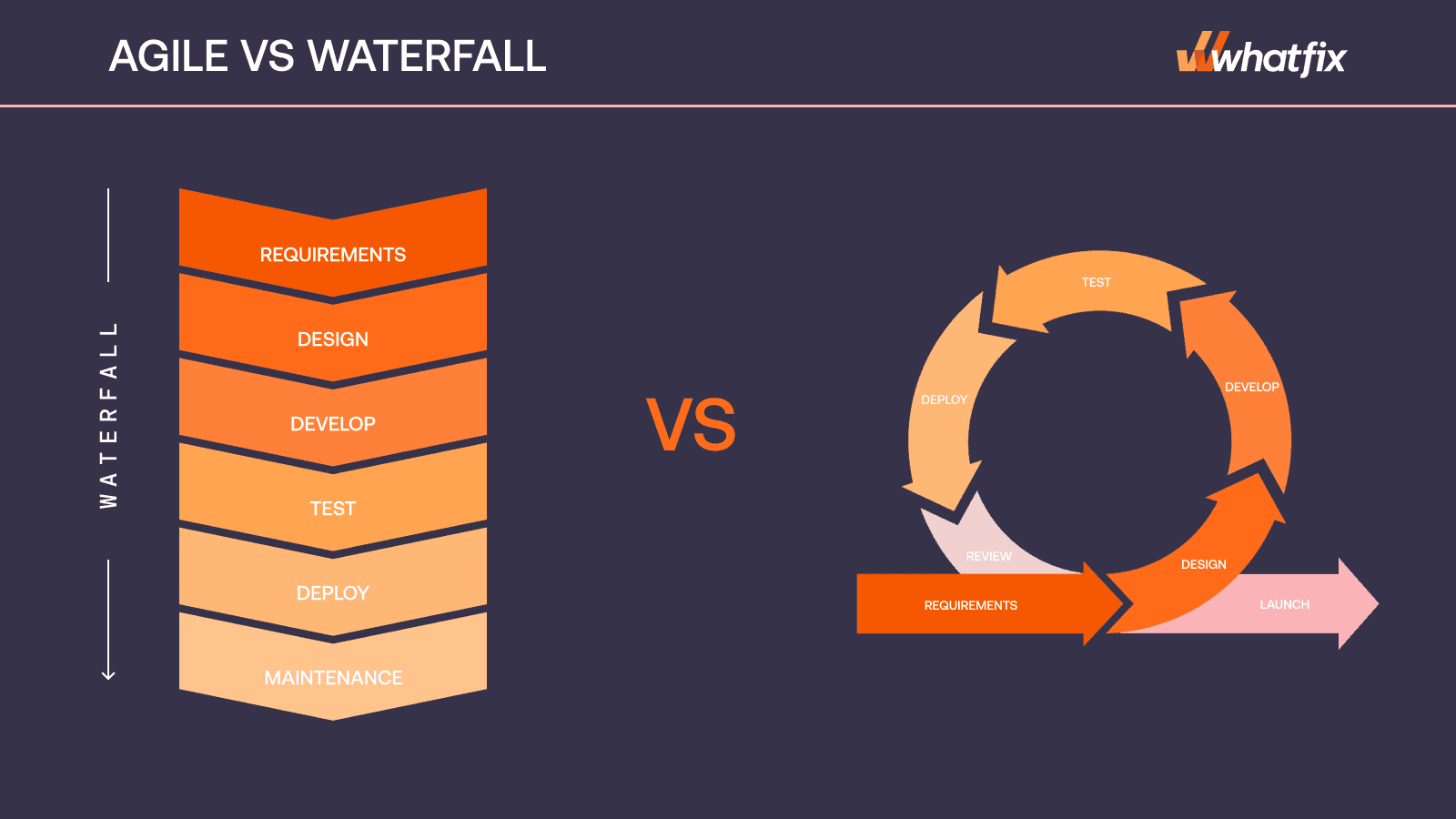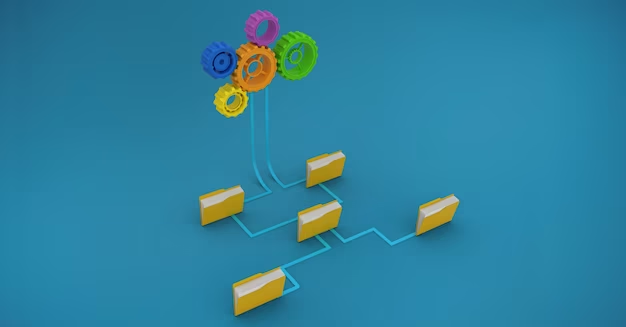Agile vs Waterfall: Which Development Methodology Is Right for Your Project?
 Youhana Sheriff
Youhana Sheriff
INTRODUCTION:
Choosing the right development path is essential for the success of any software project. Two widely used methodologies in software development are Agile and Waterfall. In this blog, we’ll explore the key differences between these methods, analyze their pros and cons, and help you make an informed decision about which is best for your project. Understanding the drops,
Waterfall is a traditional, linear approach to software development. After a series of steps, each step builds on the delivery of the previous one. Here is the breakdown of the Waterfall route:

Requirements: Detailed project requirements are collected and recorded at the beginning of the project.
Design: The program design and planning are based on the requirements gathered.
Function: Developers develop software based on design specifications.
Testing: The software is rigorously tested to ensure quality.
Deployment: The completed software is deployed in the production environment.
Maintenance: Ongoing maintenance and upgrades as needed.
Benefits Of Waterfalls:
Blank Documents: The waterfall approach emphasizes detailed documentation, making it suitable for projects with stringent regulatory or compliance requirements
Predictability: The structure of waterfalls makes it easier to estimate project time and cost. Faults on the waterfall:
Limited Flexibility: Changes in project requirements are difficult to accommodate at the beginning of the development phase.
Late testing: Testing occurs late in the process, allowing issues to be identified at a time when change is most needed.
Introduction to Agile:
on the other hand, is an iterative and adaptive approach that prioritizes collaboration, customer feedback and change. The following principles characterize rapid development.

Iterative Improvements: Tasks are broken down into small manageable chunks, typically lasting 2-4 weeks.
Client Engagement: Clients are involved throughout the project and provide regular feedback.
Flexibility: Agile teams can adapt to changing needs and priorities.
Cross-functional teams: Cross-functional teams work together, and activities overlap to promote efficiency.
Working software: The focus is on delivering working software at the end of each iteration.
Benefits Of Agile:
Flexibility: Agile adapts to changing requirements, making it ideal for projects of growing size.
Customer centricity: Constant customer involvement ensures that the product matches the customer's needs.
Early Testing: Testing is integrated throughout the development process, allowing for early visibility.
Disadvantages Of Agile:
Unpredictable: Agile flexibility can make it difficult to accurately estimate project time and costs.
High resource utilization: A dedicated team is required for constant collaboration and communication.
Choosing the right path Choosing between Agile and Waterfall depends on the specific needs and constraints of your project. Here are some things to consider:

Project challenges: Waterfalls can be adequate for simple and well-defined projects. Agile is best suited for complex or innovative projects.
Customer Involvement: When customer collaboration is important, Agile’s iterative approach is beneficial.
Regulatory requirements: Strictly compliant industries can benefit from focused watershed documentation.
Timeline and Budget: Consider the timeline and budget constraints of your project. The rainfall can make for more predictability in this regard.
CONCLUSION:
both Agile and Waterfall are valid methodologies with their strengths and weaknesses. The key is to carefully review the unique needs and constraints of your project. In some cases, a hybrid approach combining elements of both approaches may also be a suitable approach. Ultimately, the right choice leads to a more successful and efficient software development process.
Subscribe to my newsletter
Read articles from Youhana Sheriff directly inside your inbox. Subscribe to the newsletter, and don't miss out.
Written by
